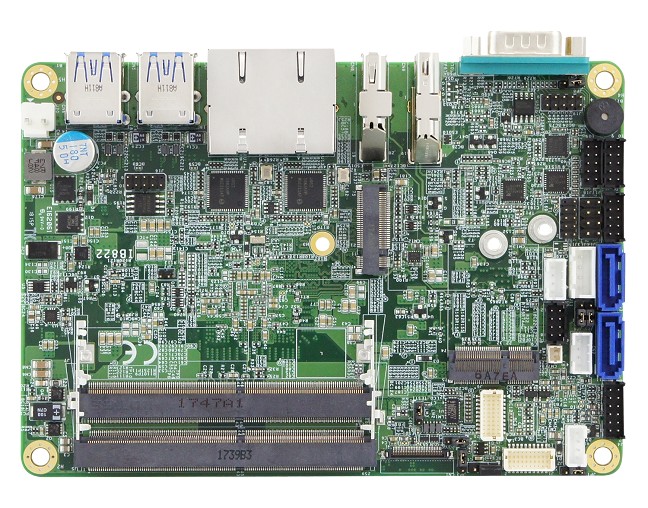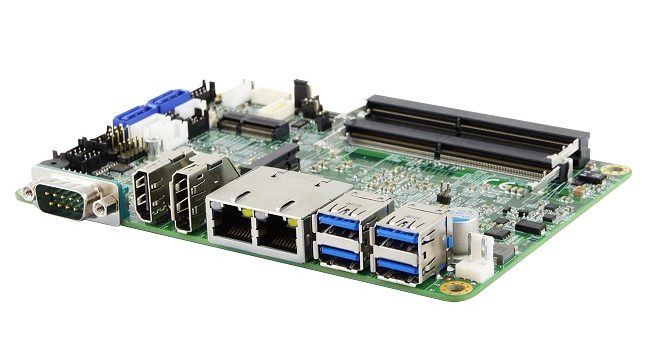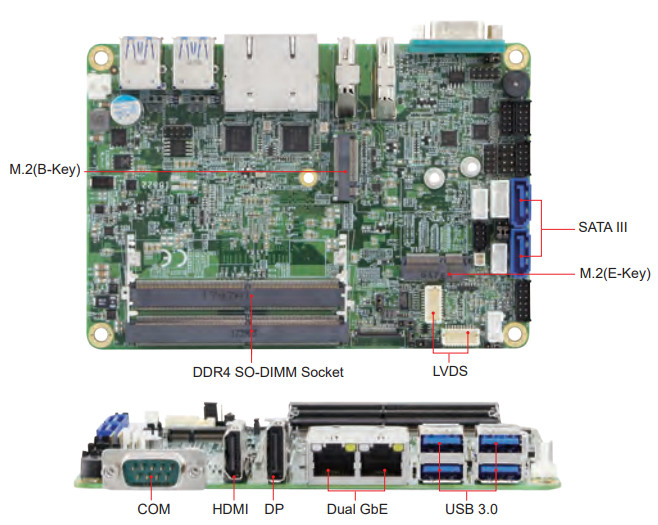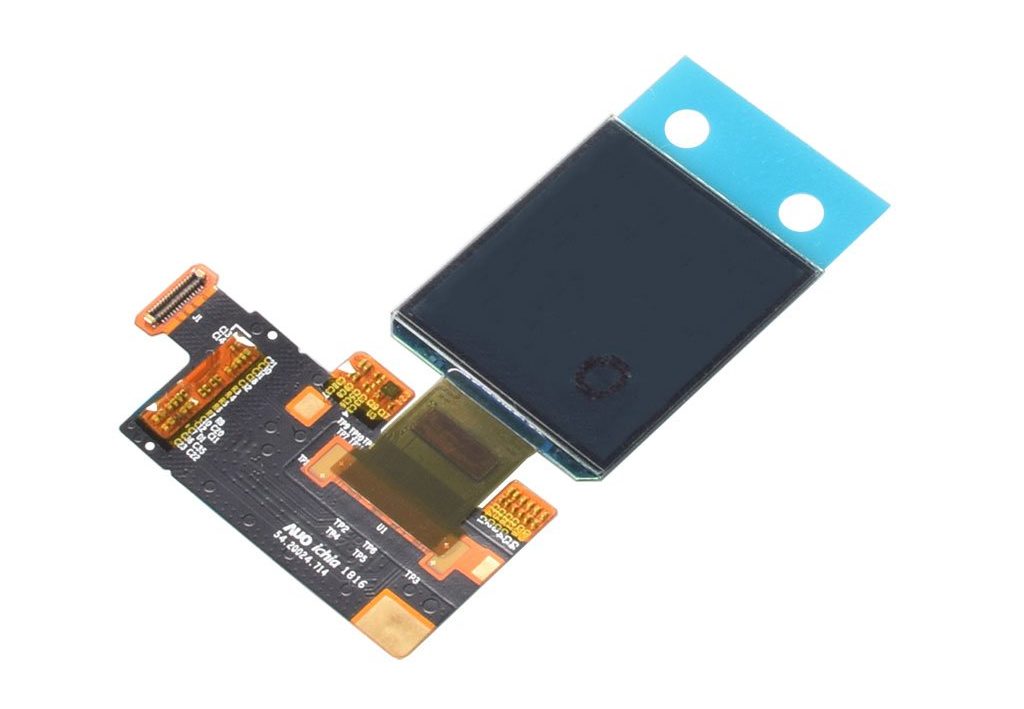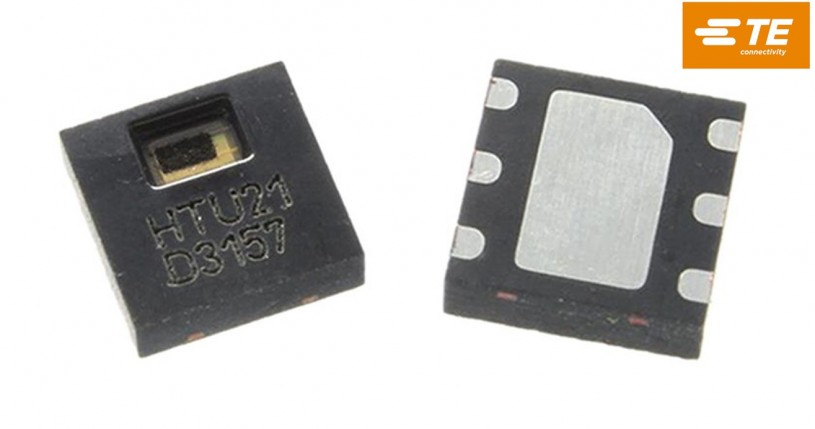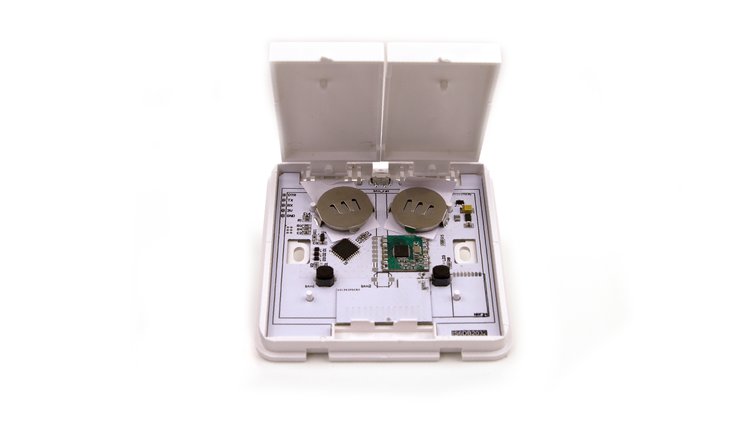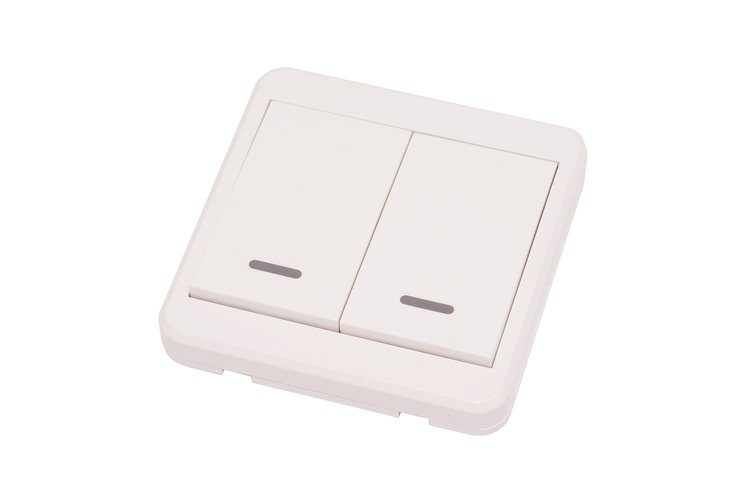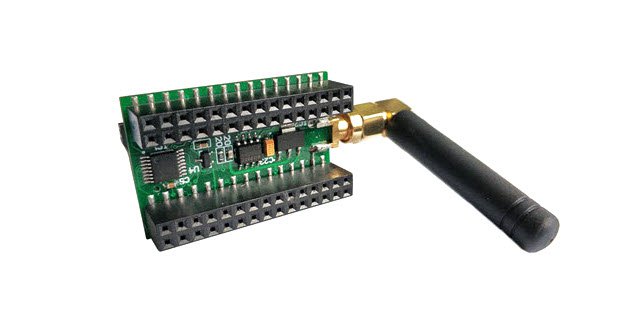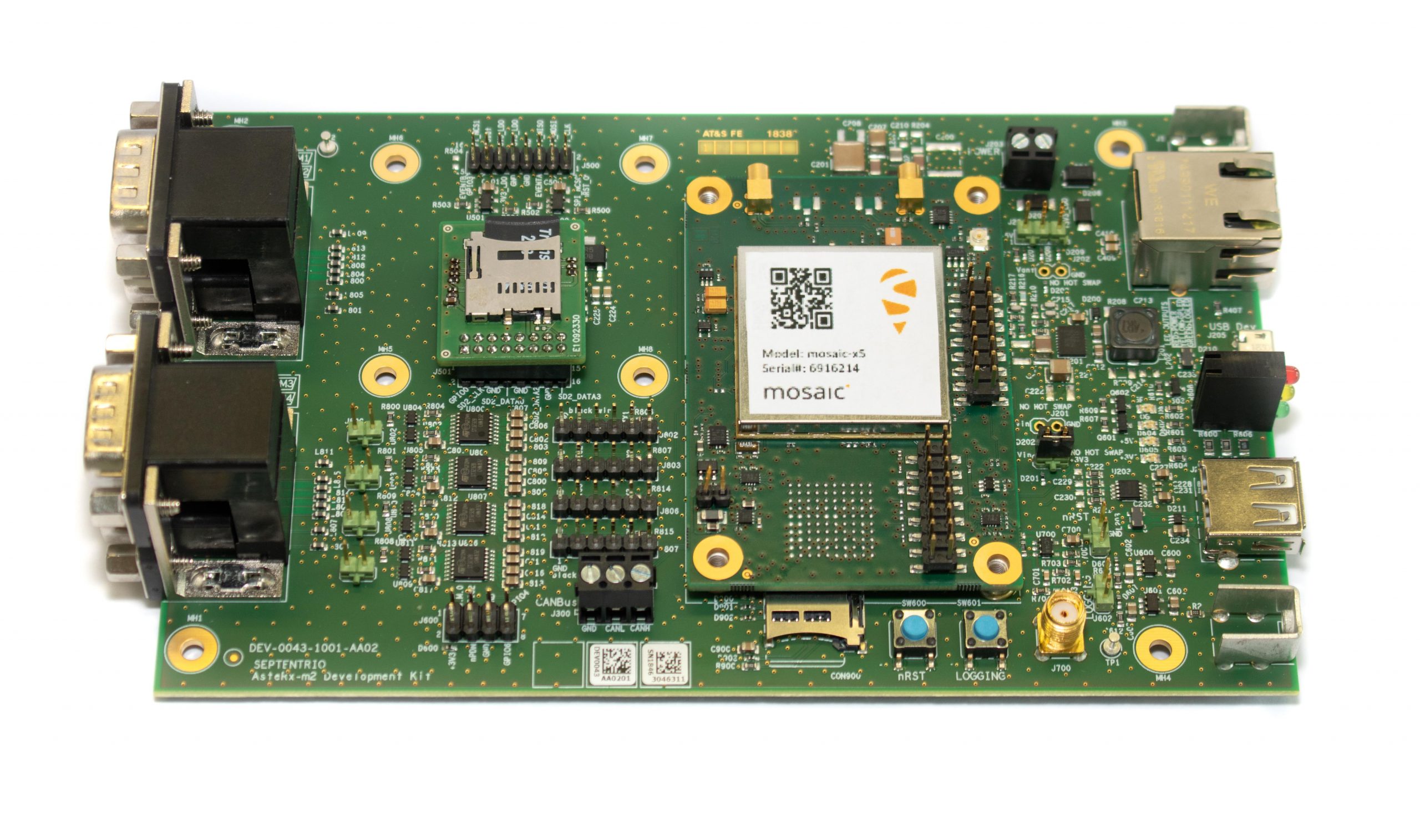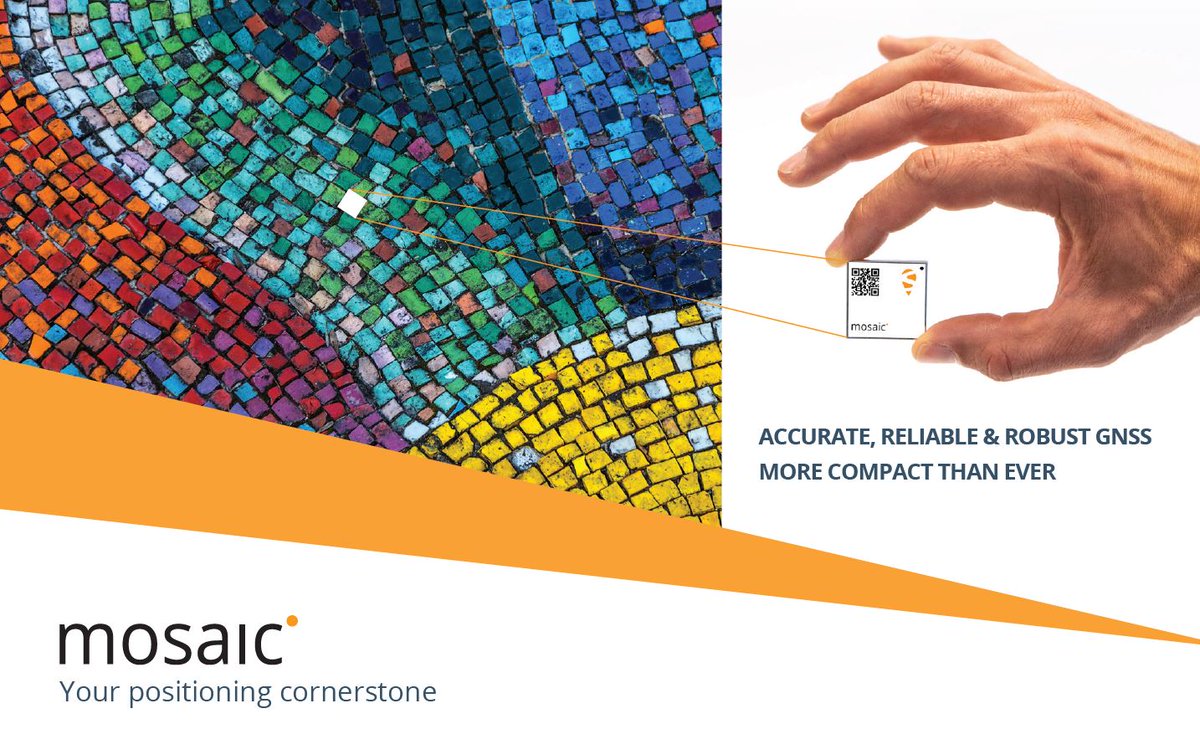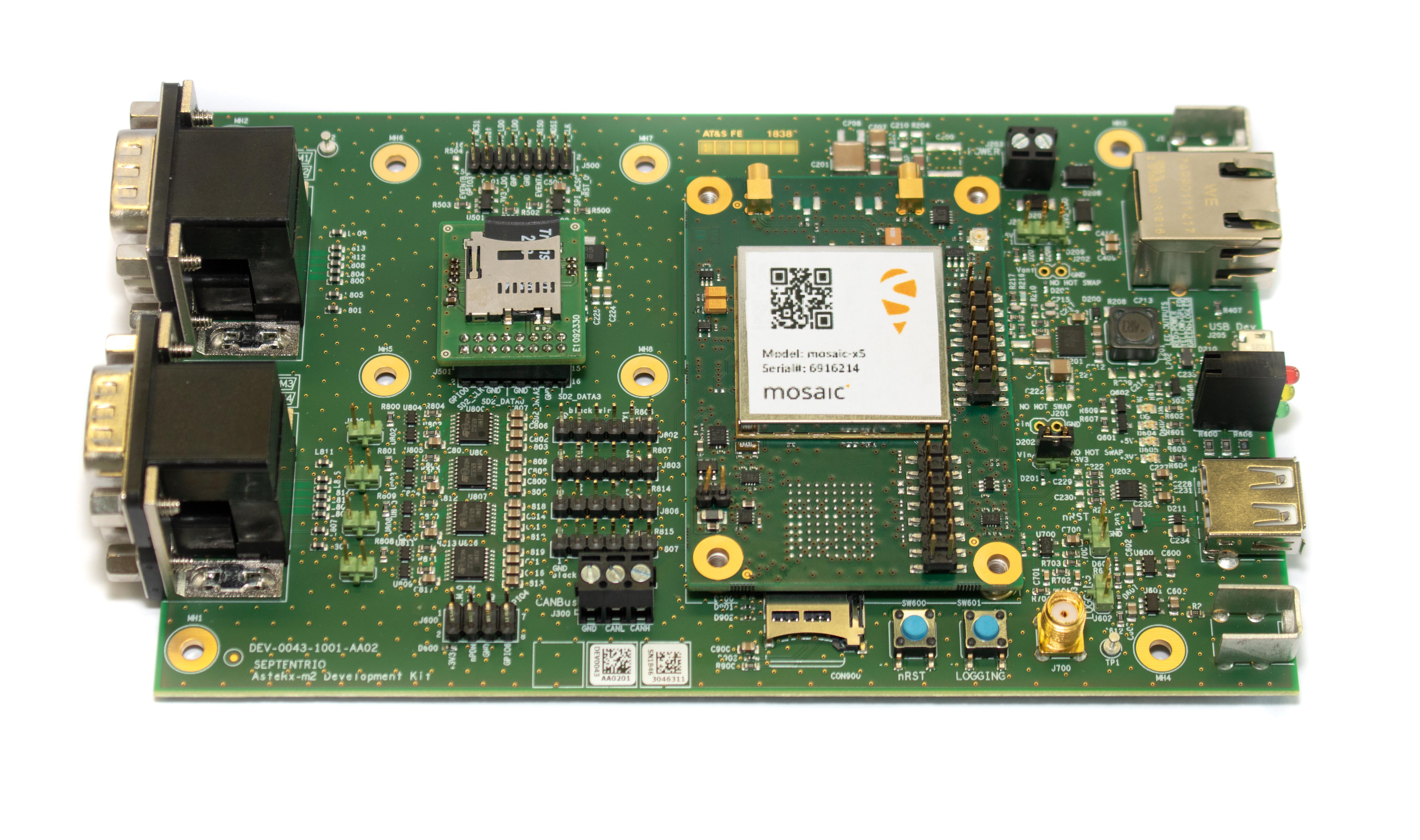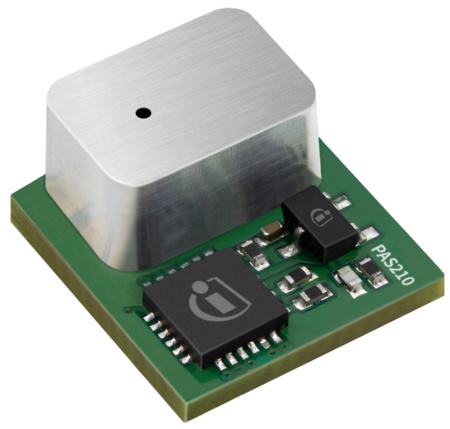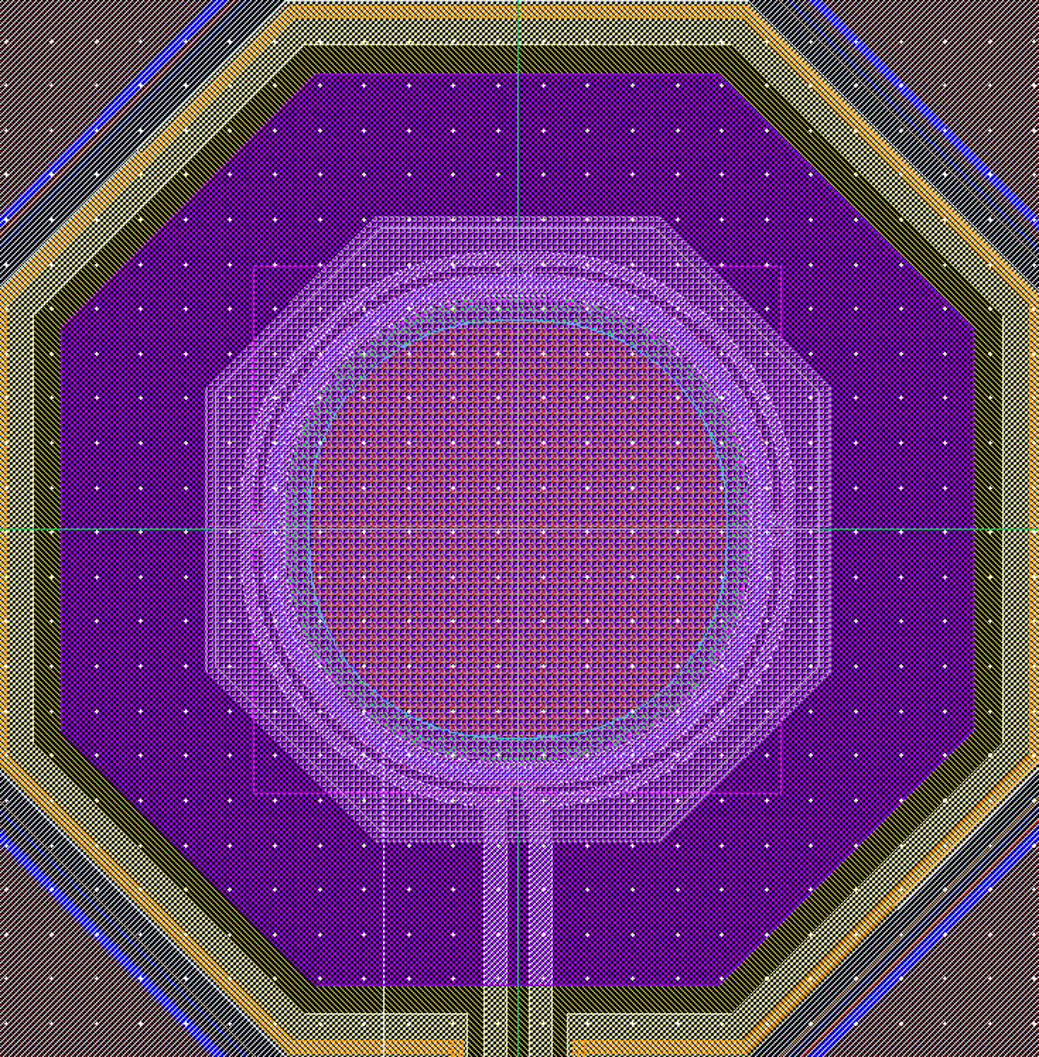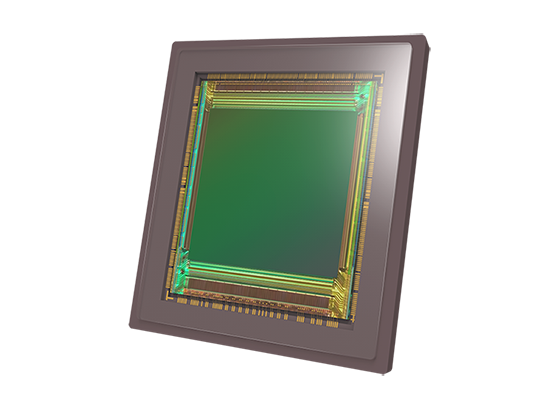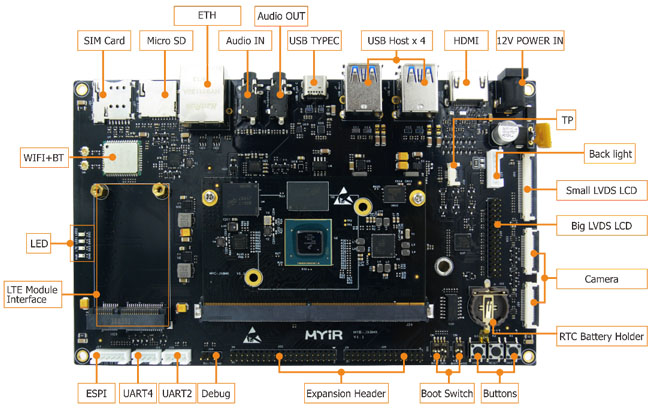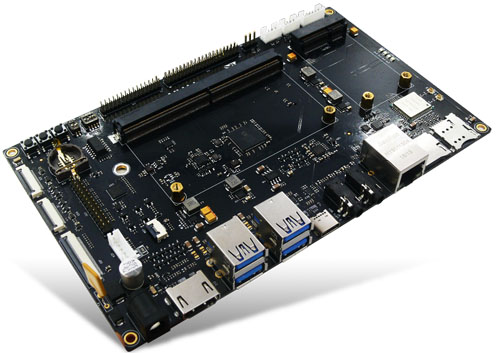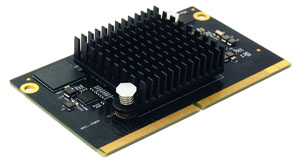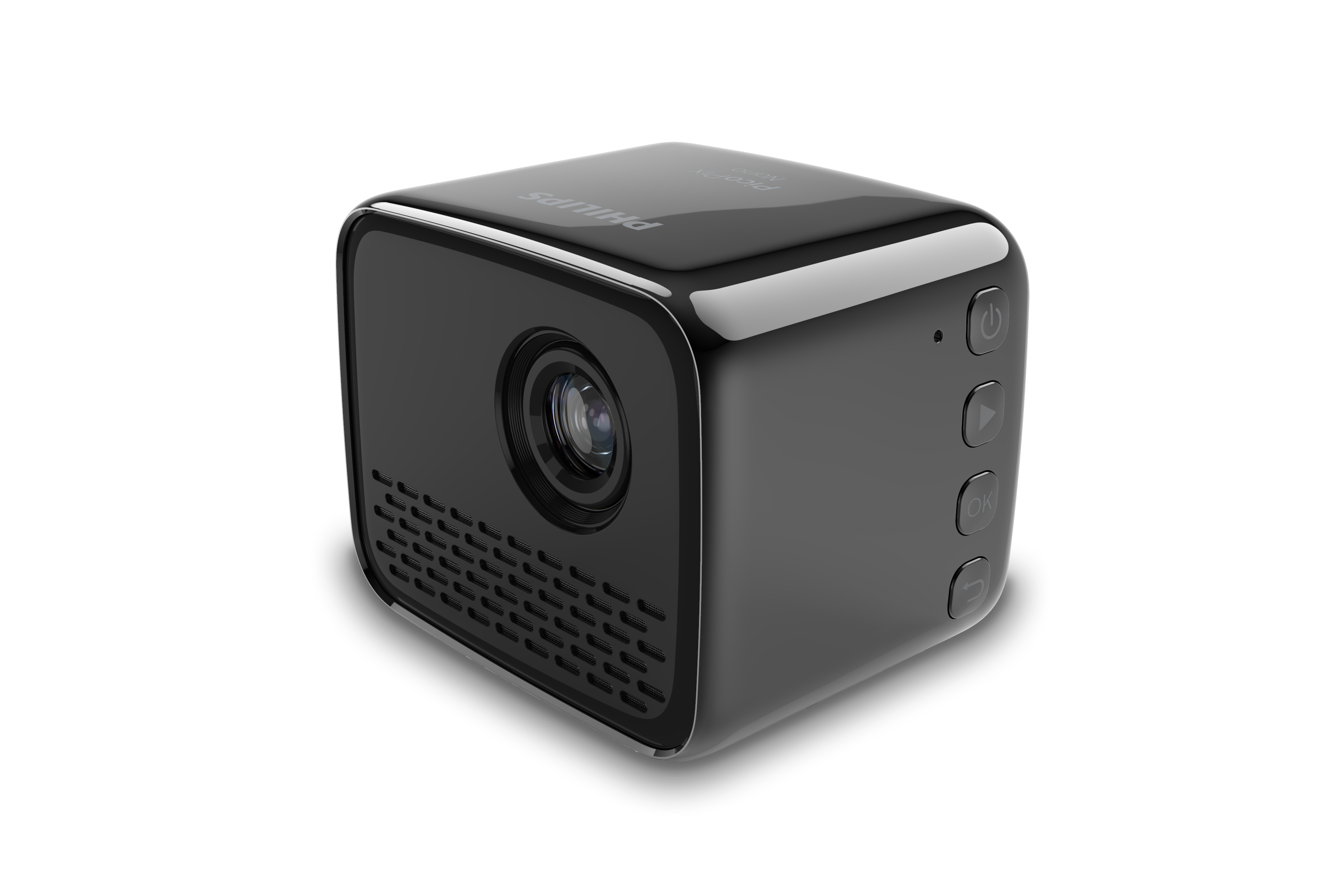IBASE Technology Inc., a world leading supplier of embedded board and industrial computing systems, has released the IB822 3.5-inch SBC (single board computer) supporting Intel’s “Gemini Lake” Pentium® Silver J5005 and Celeron® J4005 processors built with 14nm fabrication, a base clock/burst rate of 1.5GHz/2.8GHz and 2.0GHz/2.7GHz, and integrated Intel® UHD Graphics 605 (18EUs@800MHz) and UHD Graphics 600 (12EUs@750MHz) respectively.
“Enabling lower power consumption, the highly compact IB822 offers silent and extremely reliable operation. Its fanless and power-efficient design makes it a durable embedded computer solution,” said Wilson Lin, Director of IBASE Product Planning Department. “With the 10W TDP (thermal design power), the IB822 is just the perfect fit for low power applications such as kiosk, panel PC and those in factory automation environments.”
The IB822 includes a rich set of standard features including two DDR4 SO-DIMMs for up to 16GB of DDR4-2400 memory, two Intel® PCI-E Gigabit Ethernet and 12V~24V power input. Providing triple independent display, graphics interfaces include an HDMI (2.0a), a DisplayPort, and eDP or 18/24-bit dual LVDS. Measuring 102mm by 147mm, the board offers comprehensive I/Os with two M.2 sockets for storage, four COM ports, four USB 3.0 ports, and two SATA III ports to ensure usability and interoperability.
The two IB882 models are now readily available. For more information, please contact your local sales representative or see our website at www.ibase.com.tw.
IB822 FEATURES
- Onboard Pentium® Silver / Celeron® SoC
- 2x DDR4-2400 SO-DIMM sockets, Max, 16GB
- Supports HDMI (2.0a), DisplayPort and eDP or 18/24-bit dual-channel LVDS
- 2x Intel® 211AT PCI-E Gigabit LAN
- 2x M.2 sockets (B/E key)
- Digital I/O, iSMART, Watchdog timer
Specifications for the IB822 include:
- Processor — Intel “Gemini Lake” :
- Pentium Silver J5005 (4x 14nm cores @ 1.5GHz/2.8GHz burst); Intel UHD Graphics 605 (18EUs @ 800MHz); 10W TDP
- Celeron J4005 (2x 14nm cores @ 2:00GHz/2.7GHz burst); Intel UHD Graphics 600 (12EUs @ 750MHz; 10W TDP
- Memory — Up to 8GB DDR4-2400 via 2x SODIMMs
- Storage — 2x SATA III (6Gbps)
- Media:
- HDMI 2.0a port
- DisplayPort
- eDP or 18/24-bit single/dual-channel LVDS
- Intel HD Audio and Realtek ALC233-VB2-CG
- Class-D speaker amplifier
- Networking — 2x Gigabit Ethernet ports (Intel 210AT via PCIe)
- Other I/O:
- 4x USB 3.0 ports
- 2x USB 2.0
- RS232/422/485 port (DB9)
- 3x RS-232
- DIO
- Expansion — 2x M.2 slots (B-key 2242 and E-key 2230)
- Other features — Watchdog; hardware monitoring; iSMART 3.5
- Power — 12-24V DC input; 12V/1.58A consumption with Celeron and 8GB
- Operating temperatures — 0 to 60°C with humidity resistance
- Dimensions — 147 x 102mm (“3.5-inch form factor”)
The IB822 is available now at an undisclosed price. More information may be found in Ibase’s IB822 announcement and product page.


